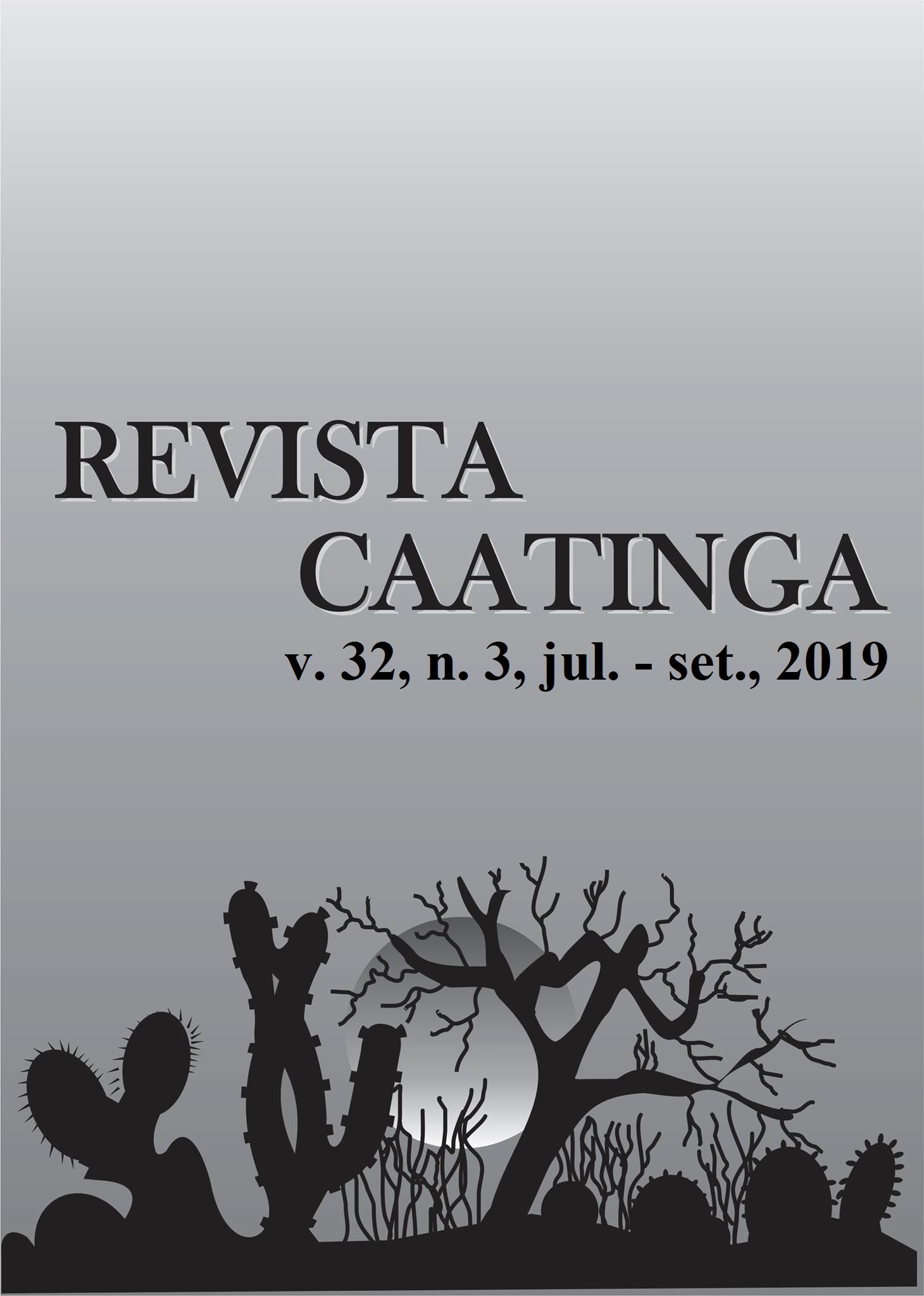SUPPRESSION OF Urochloa brizantha AND U. ruziziensis BY GLYPHOSATE UNDERDOSES
DOI:
https://doi.org/10.1590/1983-21252019v32n302rcKeywords:
Weeds. No-tillage system. Intercropping. Integrated crop-livestock system.Abstract
Intercropping of Urochloa species with corn is an alternative to enable the no-tillage system, besides influencing weed community. Therefore, the investigation of underdoses of the herbicide glyphosate to manage grasses in intercropping systems, avoid grain yield losses, and make feasible intercropping in agricultural areas is important. This study aimed to evaluate glyphosate underdoses in the suppression of Urochloa brizantha cv. Marandu and Urochloa ruziziensis and weed control. Two tests were conducted under field conditions in a randomized block design with four replications and eight treatments consisting of increasing glyphosate doses (0, 54, 108, 270, 378, 540, 756, and 1.080 g a.e. ha−1). All treatments received a dose of 1.200 g a.i. ha−1 of atrazine. Evaluations of phytointoxication of brachiaria plants were carried out at 7, 14, 21, and 28 days after application. Moreover, total dry matter, leaf dry matter, stem dry matter, leaf to stem ratio, and canopy height of brachiaria plants and density and dry matter production of weed community were evaluated at 80 and 125 days after sowing. Glyphosate underdoses lower than 238 and 105 g a.e. ha−1 have potential to be investigated aiming at the management of U. brizantha cv. Marandu and U. ruziziensis, respectively.
Downloads
Downloads
Published
Issue
Section
License
Os Autores que publicam na Revista Caatinga concordam com os seguintes termos:
a) Os Autores mantêm os direitos autorais e concedem à revista o direito de primeira publicação, com o trabalho simultaneamente licenciado sob a Licença Creative Commons do tipo atribuição CC-BY, para todo o conteúdo do periódico, exceto onde estiver identificado, que permite o compartilhamento do trabalho com reconhecimento da autoria e publicação inicial nesta revista, sem fins comerciais.
b) Os Autores têm autorização para distribuição não-exclusiva da versão do trabalho publicada nesta revista (ex.: publicar em repositório institucional ou como capítulo de livro), com reconhecimento de autoria e publicação inicial nesta revista.
c) Os Autores têm permissão e são estimulados a publicar e distribuir seu trabalho online (ex.: em repositórios institucionais ou na sua página pessoal) a qualquer ponto antes ou durante o processo editorial, já que isso pode gerar alterações produtivas, bem como aumentar o impacto e a citação do trabalho publicado (Veja O Efeito do Acesso Livre).







